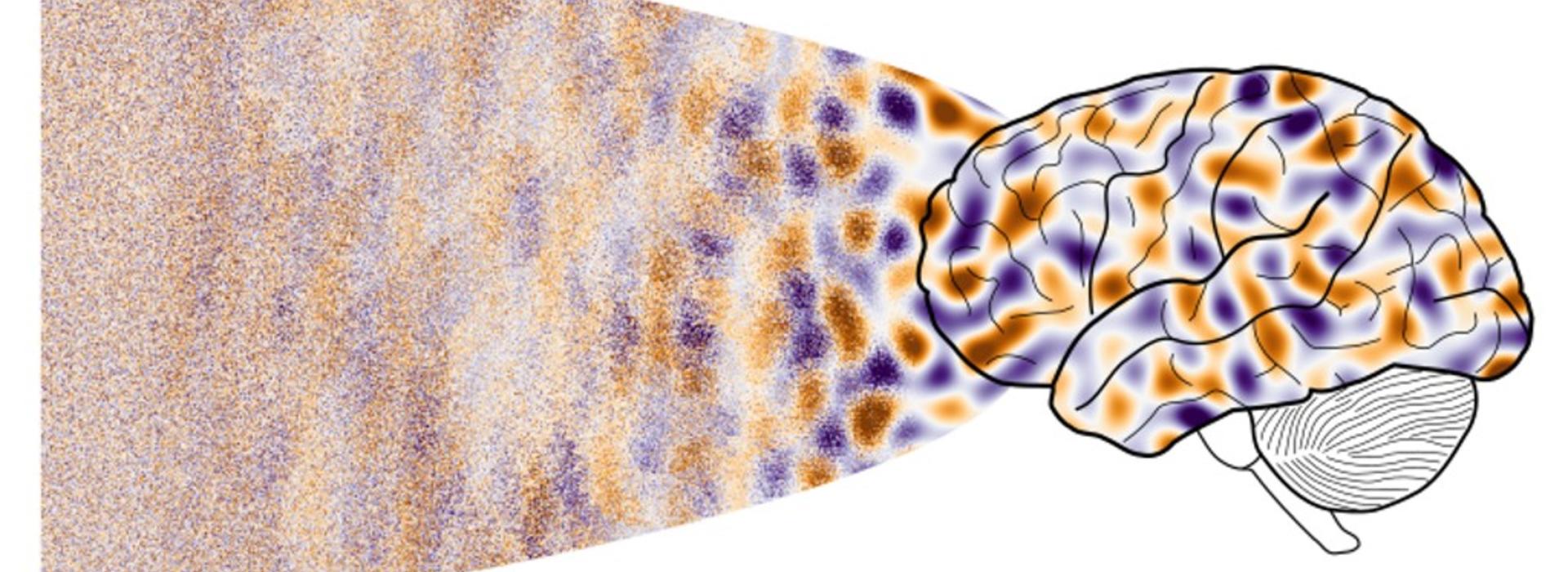
U of M research team demonstrates cortex's self-organizing abilities in neural development
MINNEAPOLIS/ST. PAUL (5/21/2024) — Published in Nature Communications, an international collaboration between researchers at the University of Minnesota and the Frankfurt Institute for Advanced Studies investigated how highly organized patterns of neural activity emerge during development. They found the cortex of the brain can transform unorganized inputs into highly organized patterns of activity — demonstrating self-organization.
“What makes this transformation so important is that it appears to occur entirely within the cortex itself, indicating that the brain is able to organize its own function during development,” said Gordon Smith, PhD, an assistant professor at the U of M Medical School. “This suggests that any perturbations to these small-scale interactions can dramatically change the function of the brain, which may impact sensory perception and possibly contribute to neurodevelopmental disorders like autism.”
In a self-organizing system, small-scale interactions combine to generate large-scale organization. By closely combining theory and experiment, the research team was able to show that mathematical rules similar to those found to govern the patterns in a broad range of living and non-living systems, such as the spots on certain fish and the spacing of sand dunes, also guide the development of the brain.
“Our results suggest that neural activity patterns in the early cortex arise dynamically through feedback loops that involve a balance between local activation and lateral suppression, confirming a theoretical hypothesis of brain development dating back decades,” said Matthias Kaschube, PhD, professor at the Frankfurt Institute for Advanced Studies and co-investigator of the study.
The research team used optical tools recently developed at the U of M to directly demonstrate how the large-scale structure of developing brain networks emerges from the networks themselves, rather than being imprinted from an external source.
“By utilizing cutting-edge optical techniques, these experiments allowed us to test a long-held scientific theory and show that the brain organizes its own activity during early development,” said Dr. Smith, who is also a member of the Medical Discovery Team on Optical Imaging and Brain Science.
Ongoing research is exploring how alterations in these self-organized neural activity patterns early in development impact sensory perception later in development.
Funding was provided by the National Eye Institute [grant R01EY030893-01], Whitehall Foundation [2018-05-57], National Science Foundation [IIS-2011542], and the Federal Ministry of Education and Research [BMBF 01GQ2002].
###
About the University of Minnesota Medical School
The University of Minnesota Medical School is at the forefront of learning and discovery, transforming medical care and educating the next generation of physicians. Our graduates and faculty produce high-impact biomedical research and advance the practice of medicine. We acknowledge that the U of M Medical School is located on traditional, ancestral and contemporary lands of the Dakota and the Ojibwe, and scores of other Indigenous people, and we affirm our commitment to tribal communities and their sovereignty as we seek to improve and strengthen our relations with tribal nations. For more information about the U of M Medical School, please visit med.umn.edu.